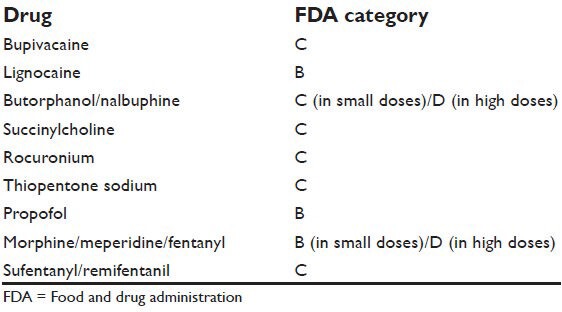Hi all,
This week we will be focusing on Obstetric Emergencies!
The prehospital approach exists as a progression of care based on the provider’s level of training. CFRs start with ABCS and monitoring vital signs for shock. They will check for crowning and if present prepare for imminent delivery. If delivery has not begun, they will place the patient in a left lateral recumbent position.
BLS crews can address vaginal bleeding in pregnancy by placing dressing over the vagina to help estimate quantity of blood loss. If immediately postpartum, they can massage the mother’s abdomen over the uterus.
If the on-scene team is ALS-trained, they can obtain IV access for patients with severe pre-eclampsia, eclampsia or postpartum hemorrhage. For patients with eclampsia, they can administer Magnesium Sulfate 4 g IV over 10 minutes.
From an OLMC standpoint, providers can authorize 2g Magnesium Sulfate over 10 minutes for patients with concern for pre-eclampsia.
KEY POINTS:
Consider supine hypotension syndrome as a cause of shock
Severe pre-eclampsia is when pregnant patients have BOTH of the following conditions:
Systolic blood pressure ≥ 160 mm Hg OR a diastolic blood pressure ≥ 110 mm Hg
Symptoms of a headache, visual disturbances, pulmonary edema or lower extremity edema
Eclampsia and pre-eclampsia do not occur prior to 20 weeks of gestation
Eclampsia and pre-eclampsia may occur up to one (1) month post-partum
More words to read at www.nycremsco.org

